Types of boards 25x100x6000 and their number in a cube
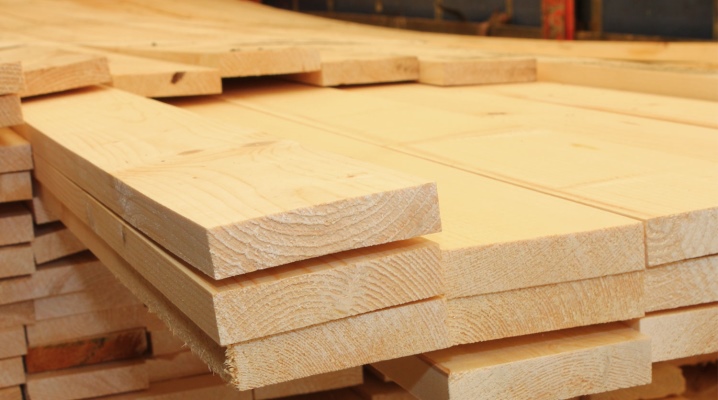
Wooden boards can be used in a variety of areas, they are widely used in construction. These types of lumber can be made from different types of wood, they can also have a wide variety of dimensions, which must be taken into account when choosing them. Today we will focus on boards with dimensions of 25x100x6000 mm.


Features and characteristics
Boards 25x100x6000 mm have significant dimensions. All key requirements for their quality and implementation can be found in GOST 8486-86.
These lumber can easily withstand significant loads, while they will not deform and collapse. They can weigh in different ways.
The weight will largely depend on the type of wood from which they were made and on what kind of processing and drying they went through during the manufacturing process.
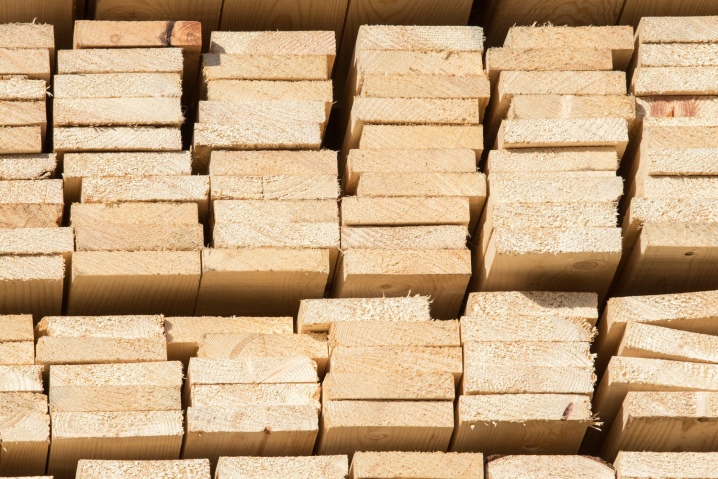
These boards can be oven dried. Such dry materials are the strongest and most durable, and it is they who are used during installation work. But at the same time, the natural low level of humidity will still remain.
And there are also models that only pass natural drying. Such specimens have less strength and hardness compared to the previous version. They are much less often used in the construction of residential buildings.

Varieties
Lumber 25 x 100 mm can be produced in various versions. Let's highlight the most popular varieties.



Trim
These types of boards are obtained by ripping a solid log. The trimmed variety necessarily undergoes a deeper processing of all its parts in the process of formation. There should be no significant irregularities and chips on the surface of such boards.

The edges of such lumber should be placed perpendicular to each other. This makes it possible to make a universal building base from such a board, creating with its help the most reliable joint.
The main difference between edged models and unedged ones is that they do not have wane (according to the standard, small wane is allowed, but this value is minimal, it is strictly normalized).


Unedged
An unedged type of lumber is formed by sawing logs in the longitudinal direction, as in the previous version. But at the same time, wane will remain on the edges.


Planed
Such wood materials also necessarily undergo special processing of all their faces. As a result, geometrically correct boards with a perfectly smooth surface are formed. Sliced options are distinguished by an increased indicator of resistance to excessive dampness, to temperature extremes. The main difference between such material and edged board is that it is processed using a jointing equipment. Edged boards are created using a conventional circular saw.

Sliced products are most often used for a variety of finishing works, including flooring. Their processing is carried out using high quality specialized equipment.
As a rule, such constructions undergo chamber drying. They are the most durable.
Lumber of this type is practically not exposed to the formation of rotting and mold, even in conditions of high dampness. It is often called a multifunctional board because it can be used in a wide variety of finishing and construction work.

Glued
These boards are considered the most wear-resistant and strong, solid. Glued sawn timber is a structure that consists of several wood smooth elements firmly glued together.
Dry boards of this type are an environmentally friendly material, it lends itself well to any processing and drying.
Glued bases meet all basic fire safety requirements. They have excellent fire resistance. Materials can be classified as non-combustible. These boards, as a rule, are treated with antiseptic solutions and other protective components during manufacture, which significantly extend their service life.

Boards of this size can be made from a variety of wood species.
-
Pine. It is this base that is most often used for the production of building boards. In the processed version, such wood has increased strength. Pine boards provide excellent sound insulation and thermal insulation, therefore they are often used in the construction of residential buildings. The breed is distinguished by a beautiful design, it has an interesting and pronounced structure, various varieties of such a tree can have a variety of colors, which makes it possible to use them also when creating furniture, decorative structures. Pine lends itself well to even the deepest chamber drying and processing. In this case, the breed belongs to the budget category.

- Larch. Such hard, dense, durable and wear-resistant wood is perfect for the construction of durable and reliable buildings, including residential ones. Structures made of larch are practically not exposed to damage from insects and rodents. The resin that is released by the tree also protects it from mechanical damage. But boards made of this breed have a high cost, they will not be affordable for every buyer.

- Oak. Oak planks are strong and durable lumber. Solid oak has a high density. Such raw materials are practically not subject to rotting and mold formation, even if they are in high humidity conditions. Moreover, it is easy to dry and process. But oak bases have a high cost, which corresponds to the quality level.

- Cedar. Cedar boards boast excellent resistance to moisture and low temperatures. Structures made from them will be able to serve as long as possible. Cedar bases are easily pre-dried and processed. They release a large amount of resin, which has important protective functions. The board made of cedar has a light brown color with a yellow tint; it is sometimes used for finishing work and creating pieces of furniture.

- Birch. Birch planks can easily withstand significant loads without deforming or breaking. The wood is well exposed to a variety of treatments. Planks from it can withstand excessive moisture and mechanical damage. Despite this, they cannot be called wear-resistant and strong material, therefore they are practically not used for the construction of residential structures.

Planks can be classified into several distinct categories depending on the type of wood from which they are produced.
-
"A" (selected grade). This variety is considered to be of the highest quality; during production, this variety undergoes the most thorough drying and processing. On the surface of such sawn timber, it is almost impossible to find irregularities and other defects. Products made from this type of wood are the most expensive.

- "B" (1st grade). This type of tree is considered to be quite reliable and of high quality.On its surface there may be only minor defects, there should be no rotten areas and mold on the surface, and the presence of through cracks is not allowed.

- "C" (2nd grade). This wood is not subject to the same strict requirements as in the two previous versions; there may be rotten areas and irregularities on their surface. Such boards are used to create frame structures for furniture.
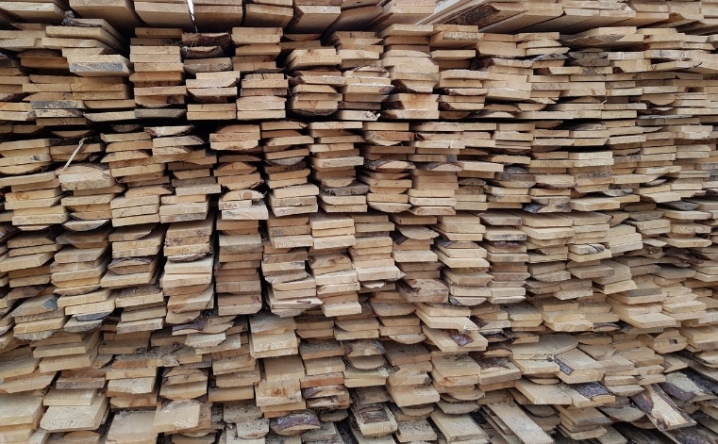
- "D" (3rd grade). This tree has significant drawbacks on the surface, there can be damage to the wood layer, rotten places, but large intergrown knots and cracks on the end parts are not allowed.

- "E" (grade 4). Material from this category can be used only when creating containers or temporary structures, which are not subject to special requirements for strength and durability. Cracks, irregularities, rotten spots and other defects are allowed on the surface, but at the same time the price for such boards will be minimal.
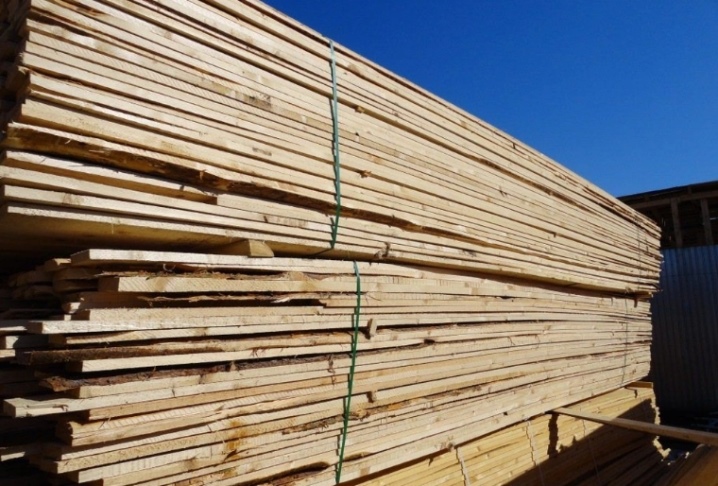
How many pieces are in one cube?
Before you buy boards with dimensions of 100x25 mm and a length of 6 meters, you should decide on the required amount. First, calculate the total area that will be covered by this lumber.
After that, decide what is the volume of the boards in one cubic meter. There are 44 boards with these dimensions in 1 m3. The volume of one piece will be 0.0225 m3.

Scope of use
Boards 25x100x6000 millimeters can be used in various fields. Planed and edged models are mainly used to create resistant and durable building structures., stairs, verandas, terraces, frame structures, as well as roofing and summer cottages.


Some types of such boards are purchased for the production of furniture items and bases for them.

Lumber made from decorative wood species can be taken for interior decoration of rooms, creating partitions.

For the construction of temporary outbuildings, as well as for the manufacture of containers, you can use such materials of the unedged or non-planed type.

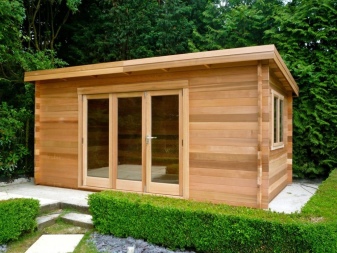













The comment was sent successfully.